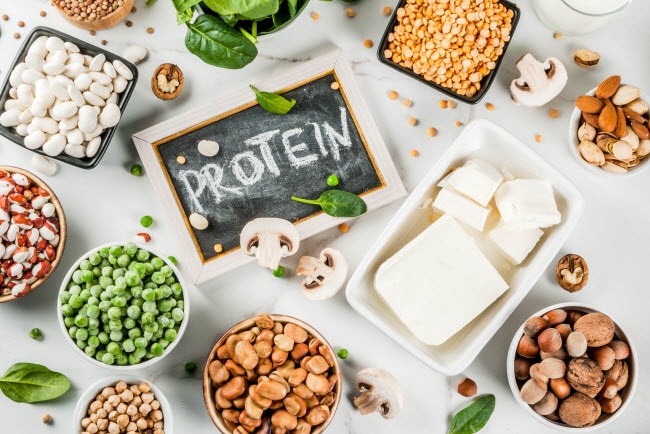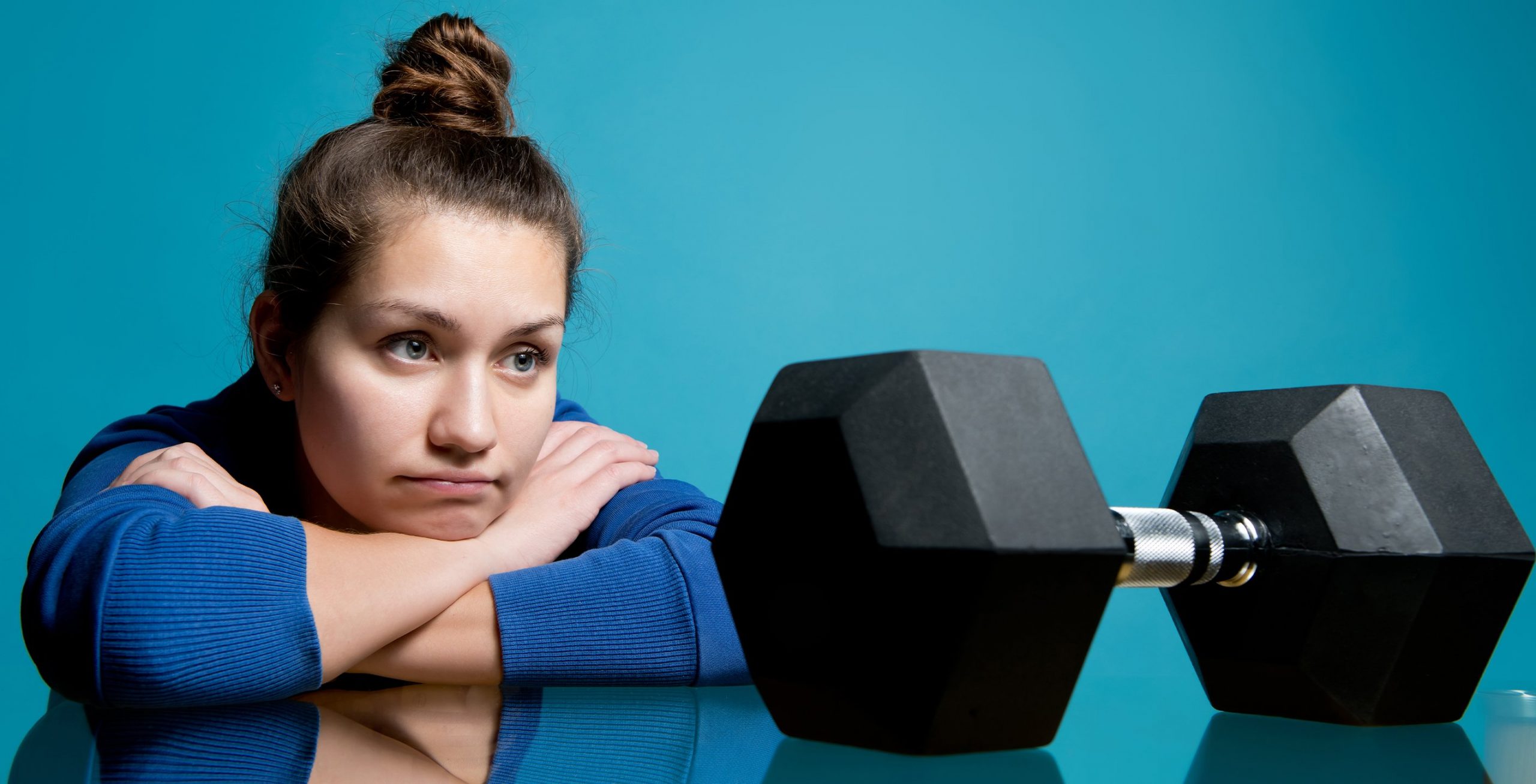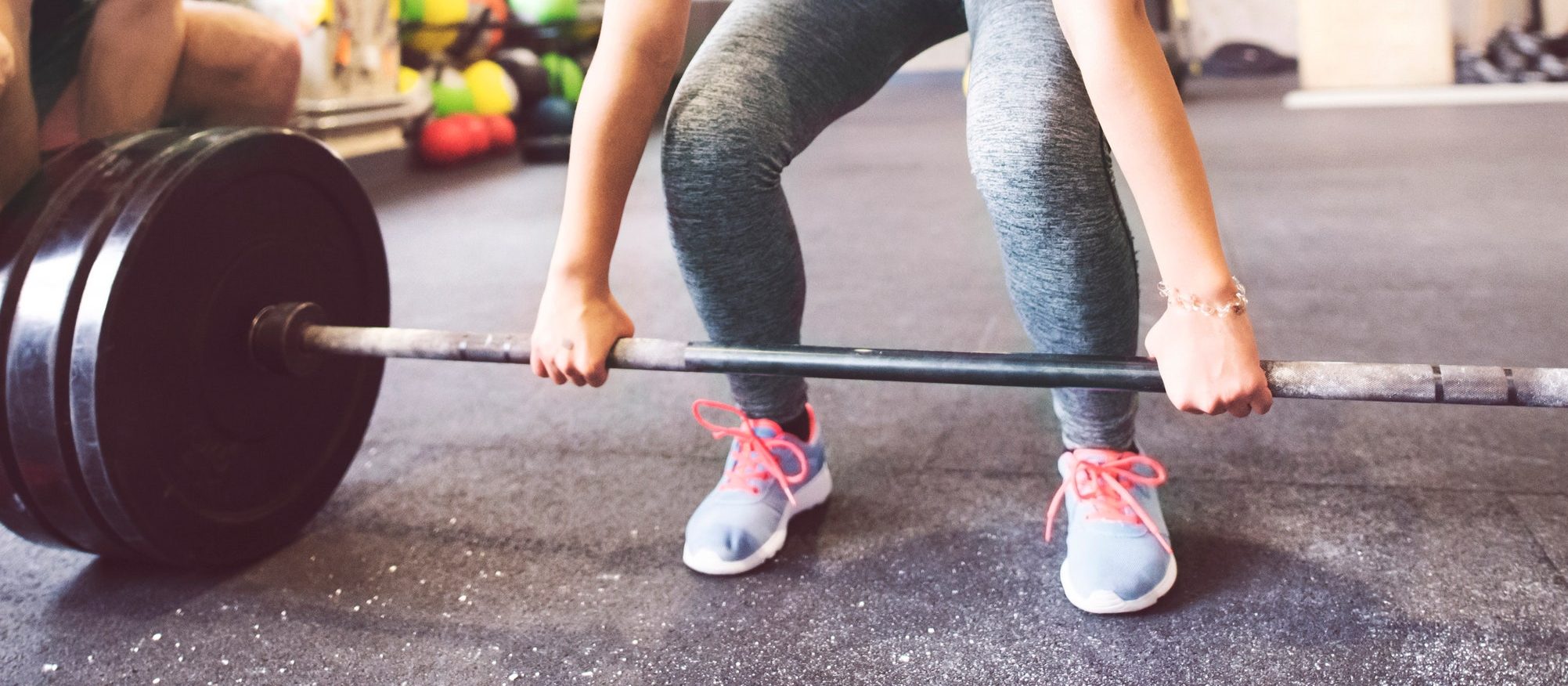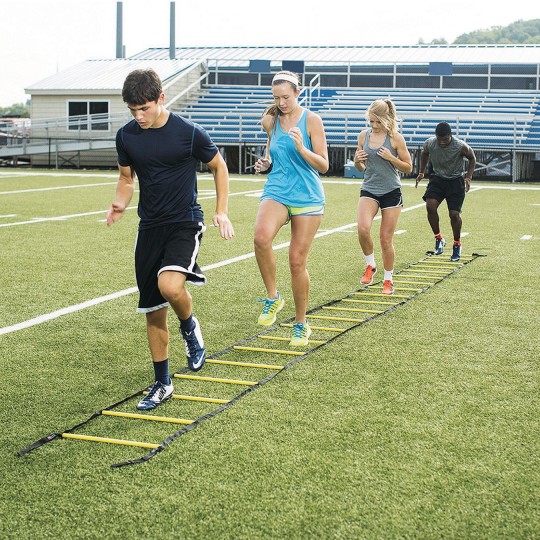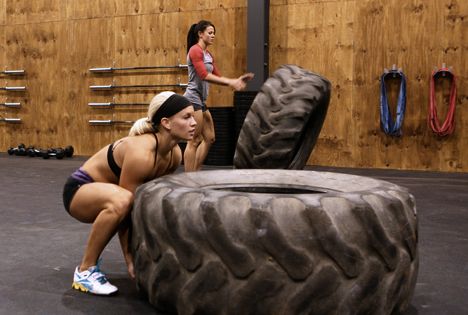Eating The Proper Foods Before Your Workout
We have all heard of the importance of a balanced diet, but what does that actually mean? Many of us tend to take the easy route when deciding what our next meal is. Whether that’s choosing something quick like take out, or throwing something into the microwave, sometimes we choose convenience over nutritional value. Poor nutrition and an unbalanced diet can affect our overall health and well being, our sleep, and lead to complications like heart disease and diabetes. Understanding the basics of nutrition is the first step you need
Three Protein Alternatives
Protein is a valuable source for all of us. It helps us build and sustain our muscles, which help us in everyday activities and are even more important for us if we’re athletes. Although for most of our lives we’ve been feed the idea that meat is the way to go to get all the protein we need, there are other options that are just as good that also highly nutritious. These alternative protein sources can work well with people who try to avoid eating meat in their diet but also
Try This Warm-up Routine
Renowned strength and conditioning coach Eric Cressey made a great post recently about the power of a good warm-up. Cressey said “some of my best workouts came on days when the idea of training seemed impossible. Sometimes all you need to do is walk through the doors and put yourself through a solid warm-up, then see how you feel.” Simple message, yet so incredibly accurate. We all have those sluggish days when we’re not fired up mentally and/or physically. But did you ever regret a workout? These are the workouts
Every Day is a Chance to Start Again, Every Day is a Chance to Do Better
I don’t know how to ride a bike. Not on the street, at least. So I do quite a bit of conditioning in my basement, on an old road bike hooked up to a trainer. To get myself through 20, 30 or 40 minutes of sheer boredom, I listen to a podcast called The Moth Radio Hour. The series is comprised of recordings of people telling their real-life stories, live and on-stage. I recently a listened to a story by Sharon Salzburg, a meditation teacher who brought the discipline to the United
More than just Beauty Sleep
I always look forward getting my beauty sleep at the end of each day and I love naps. I’ve taken plenty of them, especially after a game or a tough training session. And although sometimes I plan to sleep for 30 minutes and end up sleeping for more than an hour and half, I always feel better. The power of sleeping and recovery is under appreciated and most athletes don’t even know what they’re missing out on. Like many of us, athletes face problems with sleep, ranging from having trouble falling asleep
How Difficult was that Exercise?
“On a scale ranging from 1 to 10, how difficult was that exercise?” That’s the most common question I ask throughout the day. From youth athletes looking to get stronger, to the athlete making the transition from high school to college, to the everyday man or woman just trying to improve their health in our fitness classes, that question will be always asked to help the person grow. Like everything else in life, we have to want to challenge ourselves and step out of our comfort bubble in order to truly improve.
Exercise V. Training – Athletes Must Understand the Difference
There's an old motto in the world of athletics "the best type of ability is availability". High school athlete's account for an estimated 2 million injuries and 500,000 doctors visits every year. According to the CDC, more than half of all sport-related injuries are preventable. So what’s the real issue here? If you ask me, based on observation and talking to young athletes, they’re either not putting enough effort into taking care of their bodies or they’re getting training advice from a friend or a sport coach who isn’t qualified
3 Exercises for Improving Your Hip Hinge
In part one, we focused on the hip hinge as it relates to deadlifting and athletic performance. In part two I’m writing for the average gym goer; Those who aren’t young athletes, but want to reach a high level of fitness without getting hurt. To review, a hip hinge is the ability to move the hips without allowing the low back to flex along with it. The failure of the hips to move can often be the chief culprit for low back pain. We typically see tight hips in those
What Are Macronutrients and How Do You Count Them?
PART II – Calculating Your Daily Caloric Needs Calculating your unique macronutrient intake can be a challenging thing if you are not familiar with what to do and how to do it. It can be confusing, and it requires doing some math which a lot of people seem to dislike. But, don’t worry! I am going to walk you through it. The first step in counting your macronutrients is to find out how many calories you need to be consuming each day based on your activity level. Take a moment and write down your age, weight,
3 Exercises That Your Athlete Must Avoid At All Costs
When training an athlete of any level and age, the number one goal is to ensure that they don't get hurt. Whether it's on the field or in training, an injury that keeps an athlete off the field makes them less valuable to their team. Training to prevent injuries on the field is a little more complicated than avoiding training injuries because of the uncontrolled nature of competitive sports. The weight room however, is a controlled environment, and a controlled environment is a much easier place to prevent injuries. It


